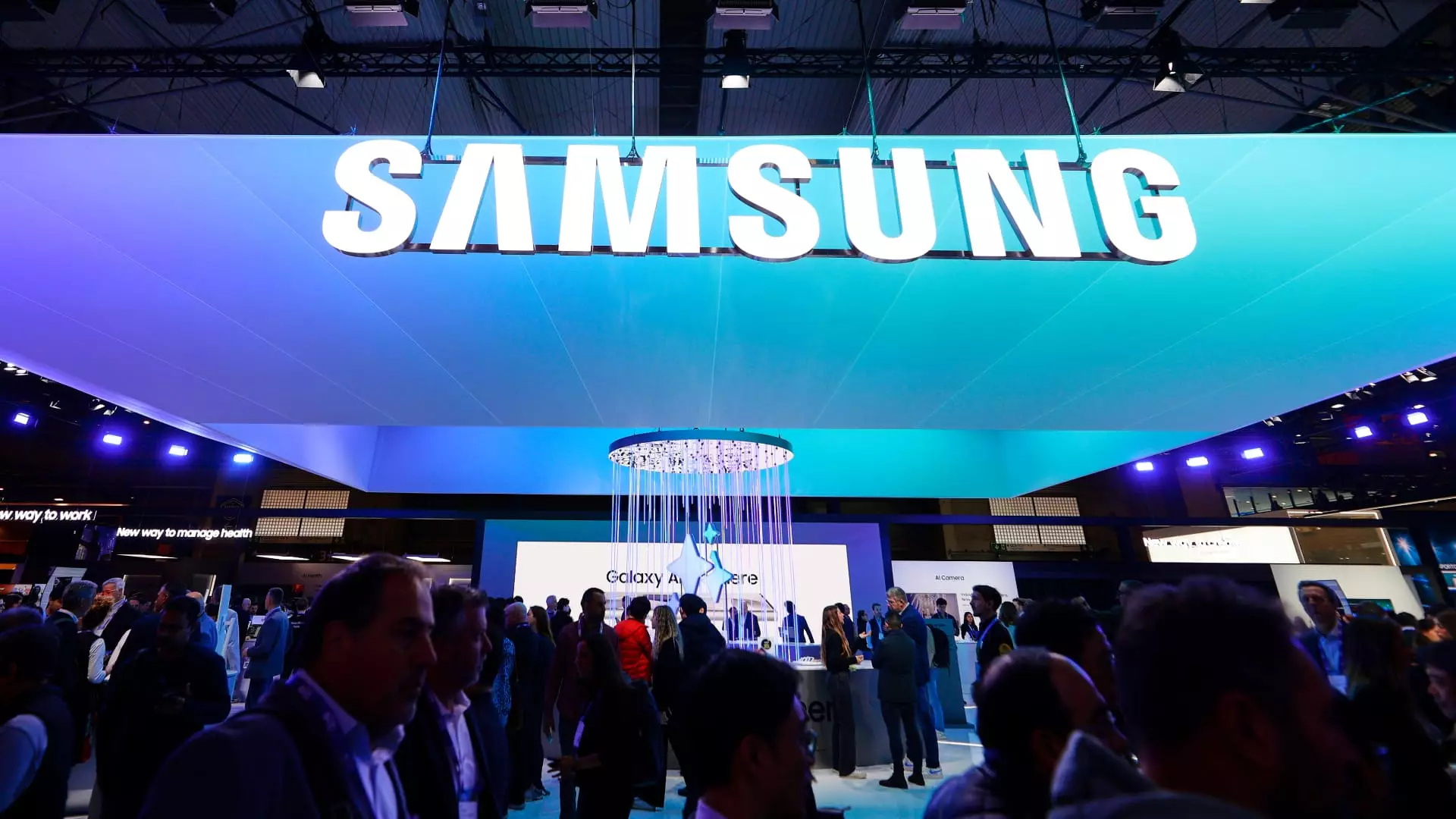Samsung Electronics, a South Korean tech giant, has recently announced better-than-expected profit projections for the second quarter of the year. This news sent its shares soaring to their highest level since January 2021, with a significant jump of about 2.24%. The company expects an operating profit of approximately 10.4 trillion won, marking a staggering 1,452% increase from the same period last year. This remarkable growth has surpassed the earlier estimate of 8.51 trillion won by financial analysts.
In addition to the impressive profit forecast, Samsung Electronics anticipates a surge in revenue for the second quarter, ranging between 73 trillion to 75 trillion won, compared to 60.01 trillion won a year ago. This aligns closely with the estimated figure of 73.7 trillion won provided by LSEG analysts. The boost in revenue and profit can be attributed to the strong demand for artificial intelligence, particularly generative AI, which is expected to be a key driver for the company’s performance.
The global demand for memory chips, a core product of Samsung Electronics, rebounded as prices improved due to the optimism surrounding AI technology. Following a challenging period in 2023, where the company faced significant losses amid a decline in demand for memory chips and electronic devices, Samsung is now experiencing a turnaround in its fortunes. Its memory chips are integral components in various consumer electronics, including smartphones and computers, contributing to its overall growth in the market.
Samsung Electronics has strategically focused on advancing generative AI technology, as evidenced by the introduction of features in its Galaxy S24 Ultra smartphone that leverage AI for photo editing and online search capabilities. This innovation has resonated well with consumers and positioned Samsung as a key player in the AI market. Despite the positive developments, challenges remain, such as delays in high-bandwidth memory (HBM) production, impacting supply to key partners like Nvidia. However, the company’s strong market presence and pricing strategy have helped maximize profits and offset these setbacks.
Looking ahead, Samsung Electronics is poised to unveil detailed second-quarter results later this month, providing further insight into its financial performance and strategic direction. As the company continues to invest in AI technology and strengthen its market position, it is expected to capitalize on the growing demand for memory chips and innovative products. With a track record of resilience and adaptability, Samsung Electronics remains a prominent player in the global tech industry, driving innovation and shaping the future of digital advancements.

